State of the Nation: The latest findings from The QT
There are 12 days of Christmas, 12 eggs in a dozen, and now 12 waves of the QT! For this wave we’ve looked into the nation’s feelings on Brexit in a post-Boris-as-PM world, attitudes to sustainability after the move by Zara to shed their ‘fast fashion’ tag, and into whether Brits really *get* product placement. Read on for more…
Young people are having a whale of a time!
National happiness is a few percentage points higher than in May 2019, but it is the young who are really feeling their oats. 64% of 18-24s feel happier than they did in May 2018, and this is in stark contrast to the 65+, for whom this figure falls to a mere 22%. Youthful joy, however, doesn’t mean that we have a miserly ageing population. Instead, a higher proportion of this group feel more settled, with 51% citing no difference in their happiness versus last year.
Brexit means…WORRY.
In May 2019, we reported that for the very first time since the Referendum, boredom had become the overriding emotion felt by Brits. In the wake of Theresa stepping down, a leadership contest and the new Prime Minister’s vow to take us out of the EU come what may, this has turned to worry. 30% of Brits feel their biggest emotion towards our impending exit from Europe is worry, with only 6% saying they’re happy.
No surprises on the regional skews here, with key Remain areas of London and Scotland scoring higher for the negative emotions, but Leave strongholds such as the North East still retaining their unwavering optimism.
It can be cheap, fast or quality, but you can’t have all three.
We asked the UK to give us their real priorities when it comes to purchase decisions, asking them to trade off sustainability for other factors every time.
Convenience, quality materials, durability, fair wages for workers, not being tested on animals, and function all won out over sustainability. The only factors to be beaten by it were local production, high fashion/on trend, and brand reputation.
Interestingly, the trade-off between cost effectiveness and sustainable production was more difficult than many other criteria. 37% of Brits picked sustainability over cost, compared with 44% choosing cost. These figures skewed more in favour of cost the younger the consumer was, with 51% of 18-24s choosing this factor. It flies in the face of increasing coverage of Gen Z being the foremost campaigners when it comes to the environment, but lands us with the reality that their ethics may not yet meet their purchasing power.
How much is that product in the TV show? The one with the visible can…
If you didn’t sing the above headline to the tune of that doggy in the window, then we’re disappointed. Back on topic though, we were inspired by conversations around the recent series of Stranger Things, and Love Island, to find out exactly how Brits feel about product placement in their favourite series and movies.
The first thing we noted, was that for just under half, they’d prefer more of it, than traditional ad breaks! 48% of Brits felt this way, with a similar proportion (50%) feeling that product placements are good if relevant to show content. Indeed, that seems to be the biggest word of warning for brands. Almost 4 in 5 said that the activity mustn’t distract from the narrative of the show or movie, and its not a surprise when you consider over a quarter said that they sometimes distract them from the show itself.
Keep an eye on @the7stars on twitter for more nuggets from this wave of the QT.
To find out more on any of these topics, or ask for more information please email lightbox@the7stars.co.uk
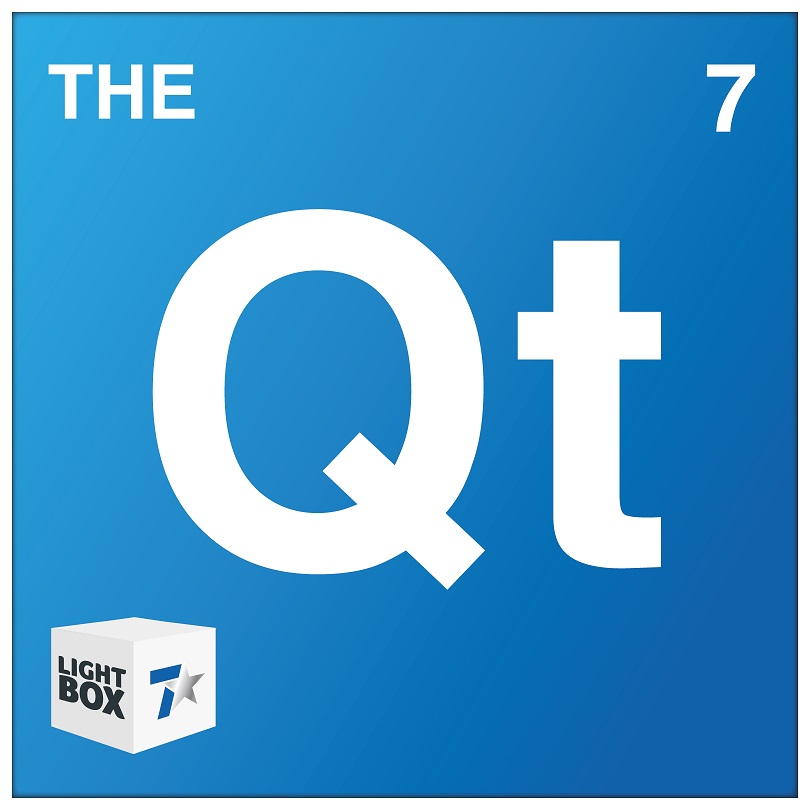



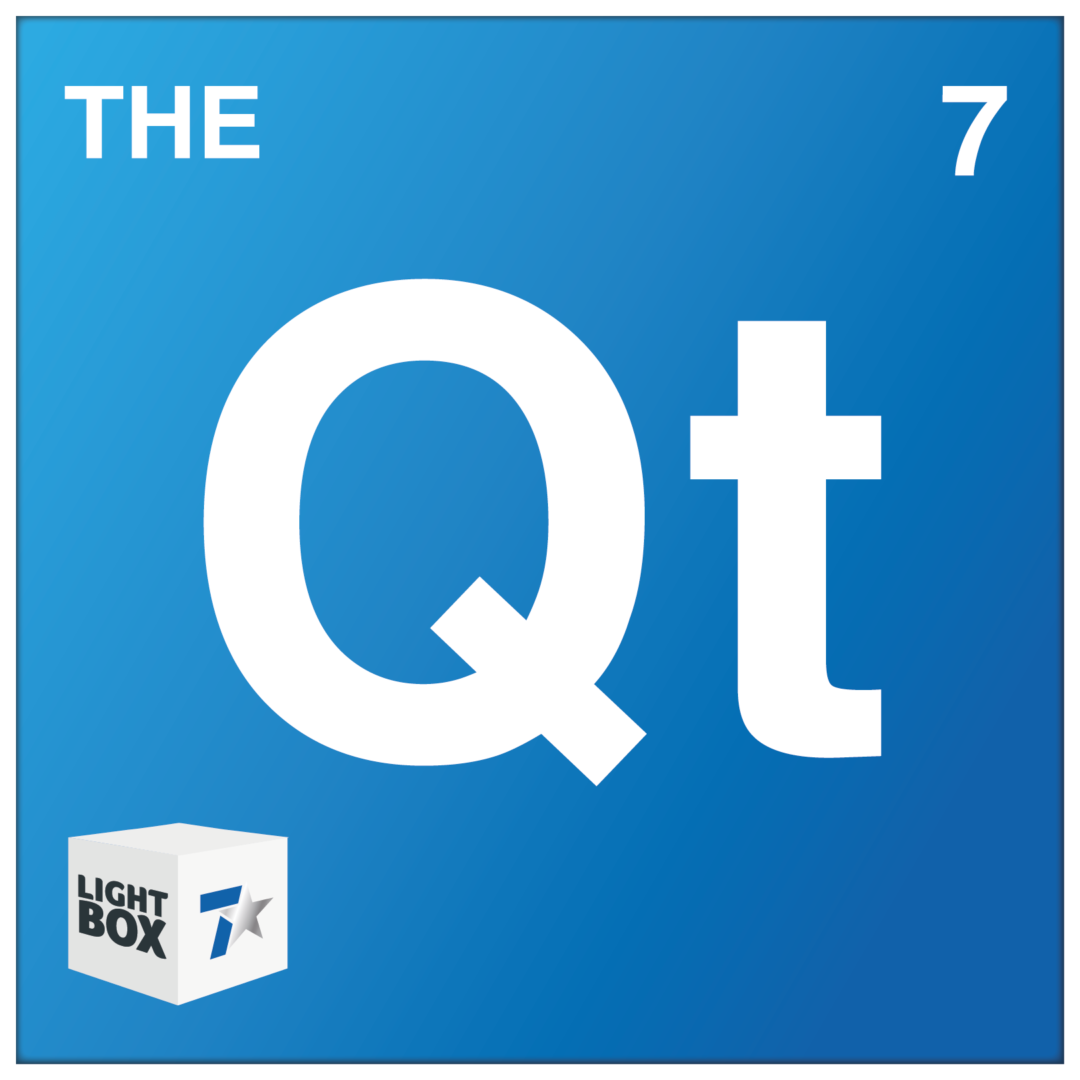

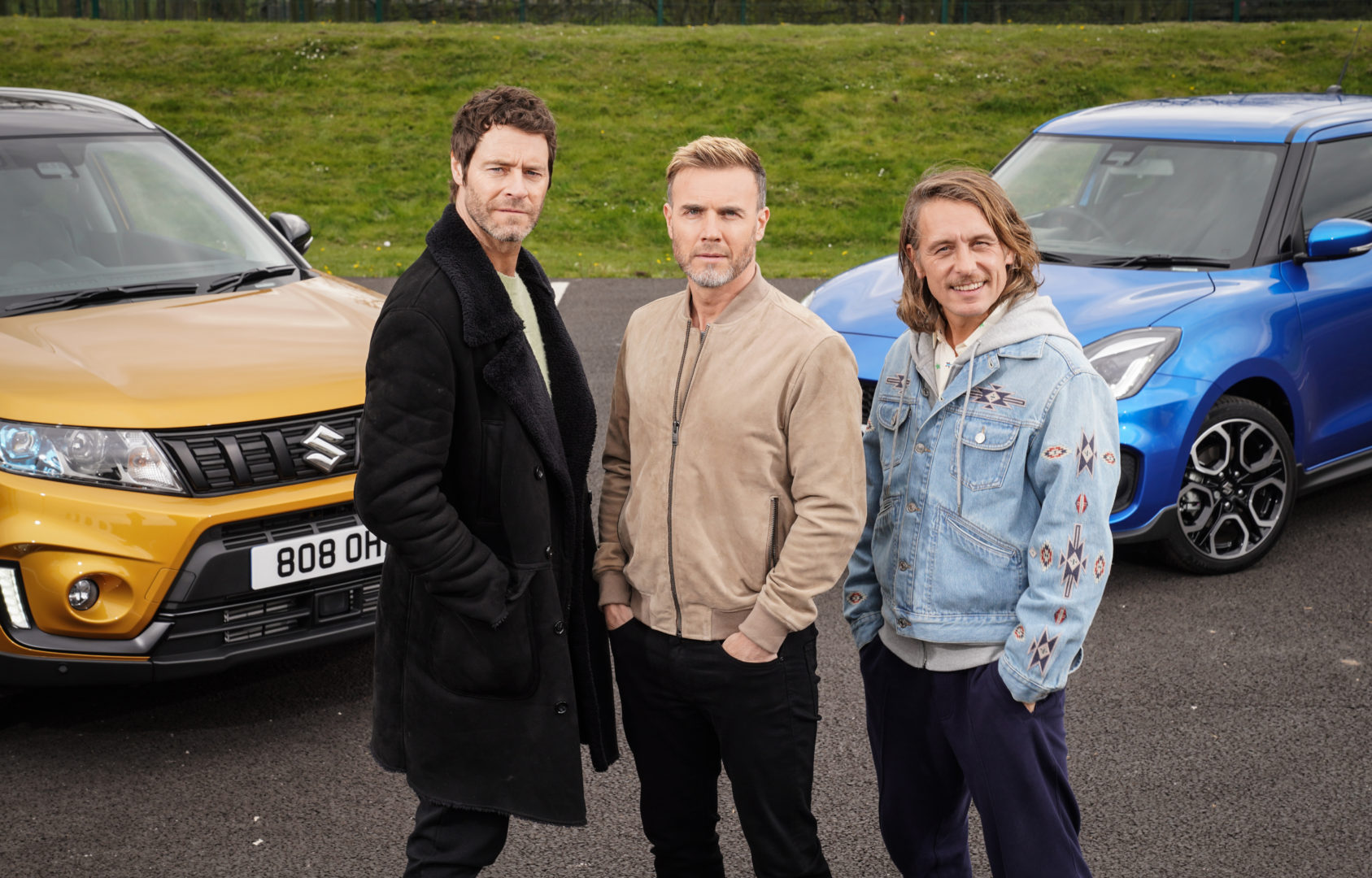
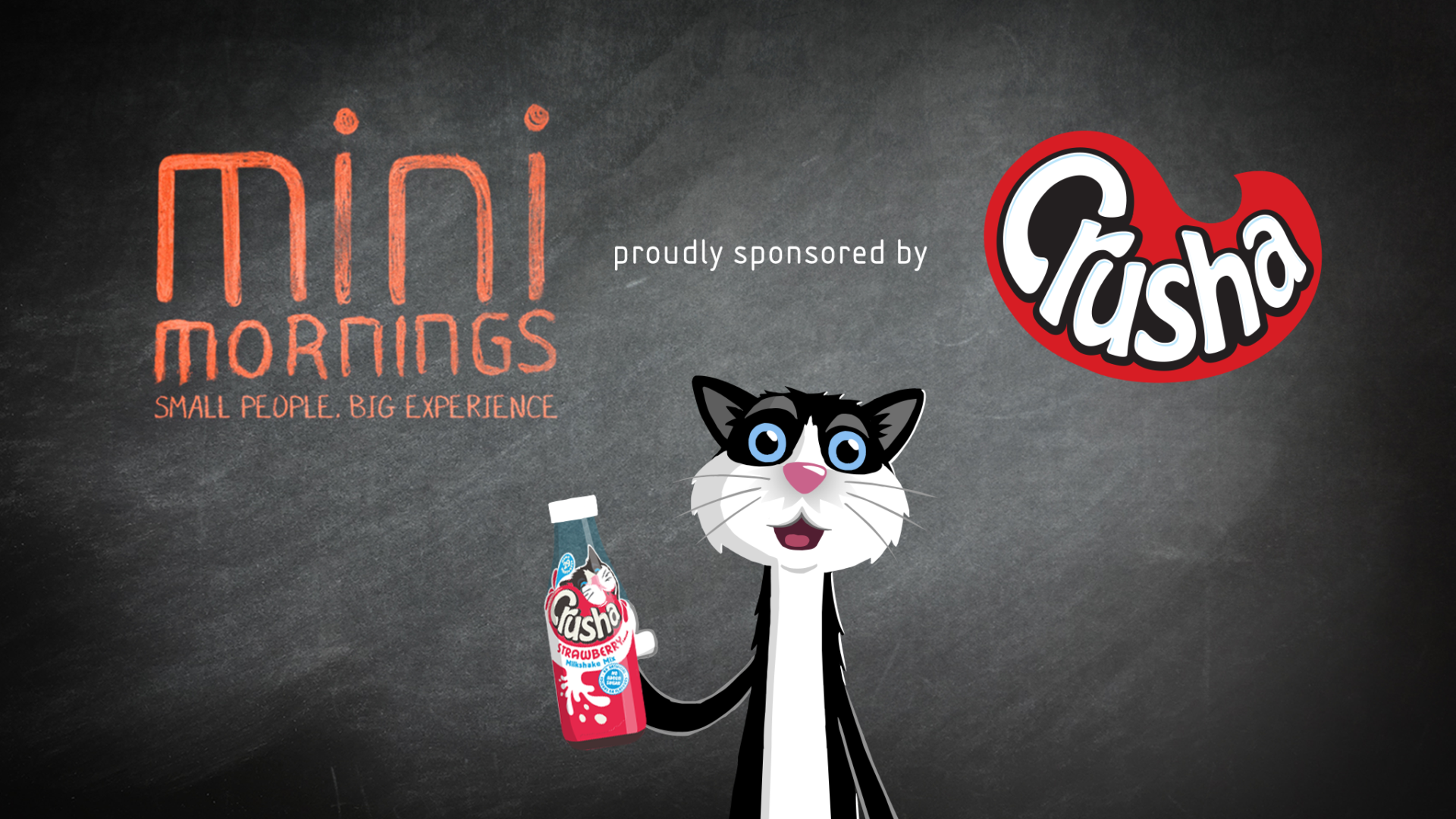
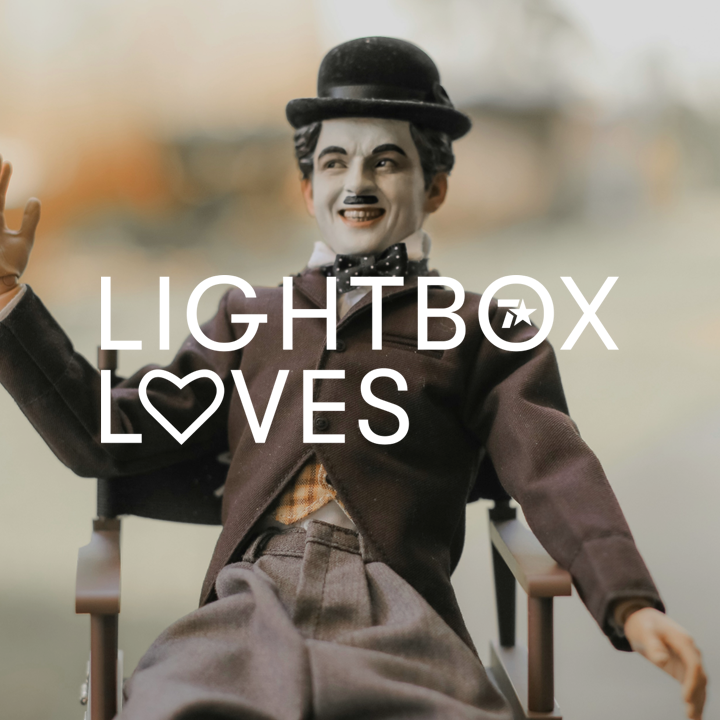
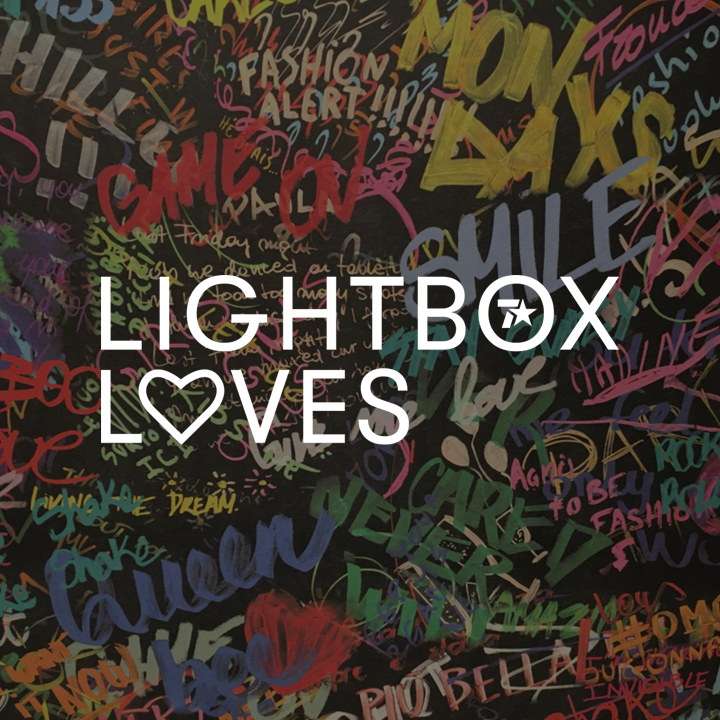



Recent Comments